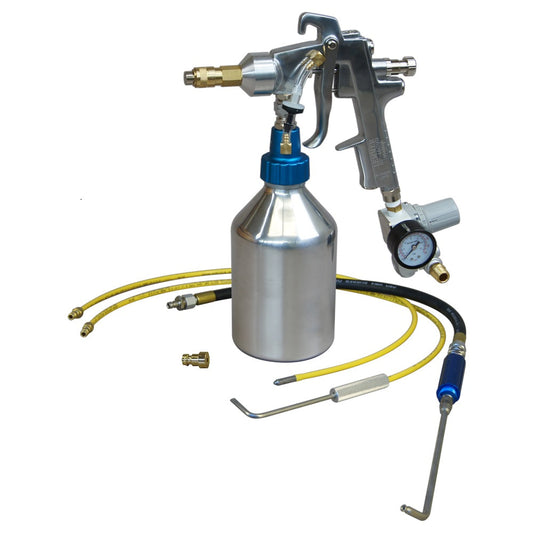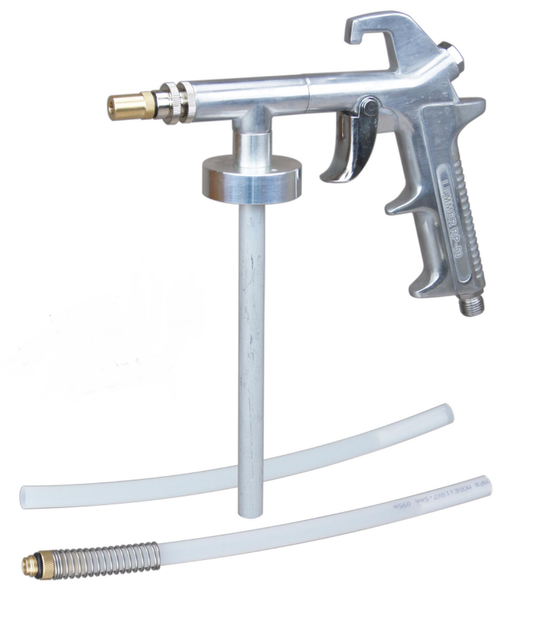
14 Things That Make a Great Cleaner & What The Big Companies Won’t Tell You!
For most people, cleaning is a ‘have to do’, rather than a ‘want to do’. Stuff gets dirty just sitting there, or when you’re using it. Dirt happens naturally. Thus, things need to be cleaned. If you have to do it, you may as well get the best and save as much money as you can.
Here is a short intro on what is needed for a great cleaner and why.
What is needed?
In short:
– There should be no expense spared on development/ingredients for the application. Use the best ingredients for the job.
– There should be very purposeful design for the specific application.
– It needs to be highly effective for the application. Bonus – A side benefit of lots of versatility.
– Ability: Easily release dirt/grime/grunge with little to no agitation, or light agitation. There shouldn’t be any hard work, else you’re doing the cleaner’s job for it.
– It should save you time, as well as effort, and even money.
– It should have a low cost per use, and no false economy.
– It should be safe to use: low/no odour, no caustic harshness or high acidity, safe for environment. Nor should it trigger sensitivities in any significant way, or at all.
– It should smell nice, or at least not smell strongly, or badly.
– It should be simple, with no specialized equipment required.
– It should be easily packaged; able to market with no specialized packaging.
– It should be easy to store.
– It should be safe or safer around Children and pets, etc.
– It should be safe, or as safe as possible for the environment.
And lastly- It should have a great shelf life, so it doesn’t go bad, or become inert after a short while.
What makes it work?
Unicorn farts, Wizard sprinkles, Rainbow sparkles? Well,… maybe those might work in fairy tales, but in the real world, chemistry is one of your best tools. How much chemistry is involved in removing baked on insects, mildew, dried clay, or greasy grime concrete floor?
The answer lies within words like surfactant, solvent, chelating agent and builder. Understanding these basics is essential to the “Chemistry of Cleaning.”
You often need different approaches for different soil types
Soil can be broken down into three broad categories: organic, inorganic and combination.
Organic soils include-
Food soils – ie fat, grease, protein, and carbohydrates
Living matter – ie mould, yeast and bacteria
Petroleum soils – ie motor oil, axle grease and cutting oils, etc. Traditionally, these soils have been removed using alkaline cleaners or solvents.
Inorganic soils include rust, scale, hard water deposits and minerals such as sand, silt and clay. Acid based products are usually used to remove inorganic deposits such as rust, lime and scale.
Minerals(sand, silt, clay, soil) are best cleaned with good dirt-release agents.
Combination soils can be the toughest, as the grime contains both organic and inorganic components. Proper identification is critical. Today, with new surfactant chemistries, it is possible to accomplish this cleaning with fewer ingredients.
Surfactants
A surfactant is the most important part of any cleaning agent. The word surfactant is short for “Surface Active Agent.” In simple terms, they are chemicals that make it a lot easier for water to soften and dissolve the particular soil, so that it is easily removed. There are many types of surfactants.
Chelation
Hard water can greatly increase the difficulty of cleaning, due to the presence of metal ions. Metal ions, such as calcium, iron etc. can really interfere with the clening ability of detergents & water. Chelation stops this and allows the cleaning agent to do its job.
Builders
Sometimes chelation isn’t necessary, so builders are used instead. Builders can be added to a cleaner to improve the cleaning efficiency of the surfactant(s). Builders have a number of functions including softening, buffering, and emulsifying. They can help soften water, increase pH, act as a buffer to help maintain alkalinity, or help emulsify oils and greases.
Solvents
Chemical solvents are sometimes added to cleaners to improve performance, and/ or for specific applications. Typically, they are used to liquefy grease and oils or dissolve solid soil into very small particles so surfactants can more readily perform their function.
Preservatives
Preservatives can be used to protect certain soaps and detergents against the natural effects of aging such as decay, discoloration, oxidation and bacterial degradation.
Water
Lastly Water makes up a large percentage of most liquid cleaner formulas. It is not uncommon for water-based detergents to contain 80% water or more. Some ready-to-use formulations may contain as much as 90% to 95% water! With this much water present in a cleaner, why do they work so well? Water acts not only as a carrier, but can also be considered an effective natural solvent that greatly adds to the effectiveness of cleaners. However, keep in mind what you’re paying for, as water is very cheap, whereas the active ingredients are where most of the costs lie in a cleaner (aside from the packaging)
Summary
In a nutshell, some cleaners are great for general usage and some are better for specific applications. This post should give you a general idea on what types of ingredients are used and why, as well as the though process that is undertaken when designing a cleaner. Also keep in mind that low cost is often a factor when buying a common national brand. To do that, corners are often cut, so the old adage applies; you get what you pay for.
I hope that this helps you when you’re looking for effective cleaning products.





